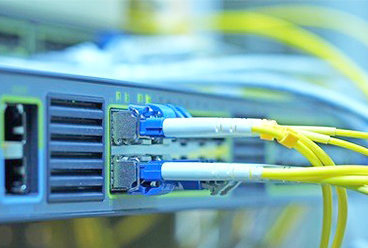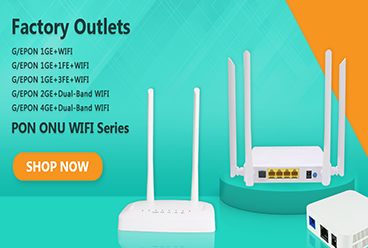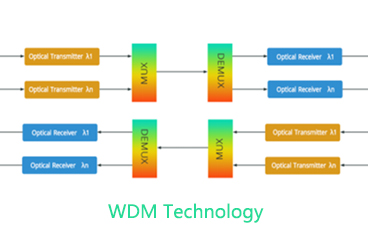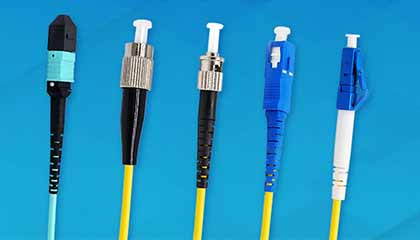SFP (Small Form-Factor Pluggable) and BIDI SFP (Bidirectional Small Form-Factor Pluggable) are both types of optical modules with some differences in data transmission and fiber optic connections:
1.Unidirectional/Bidirectional Transmission
SFP(Small Form-factor Pluggable): This is a general-purpose optical module that supports bidirectional transmission. It typically involves two optical fibers, one for sending data and the other for receiving data.
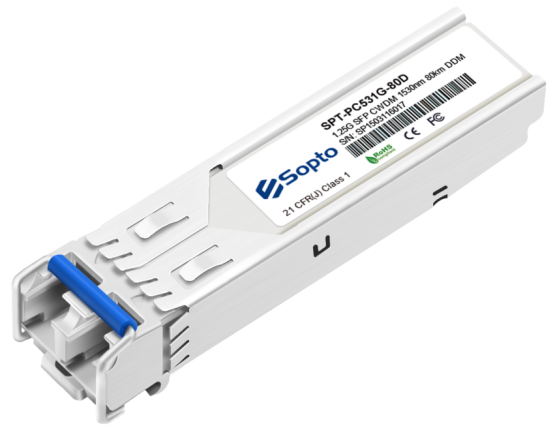
BIDI SFP(Bidirectional SFP): This optical module is designed for single-fiber bidirectional transmission, meaning it requires only one optical fiber for bidirectional communication. It achieves this by sending and receiving data at different wavelengths.
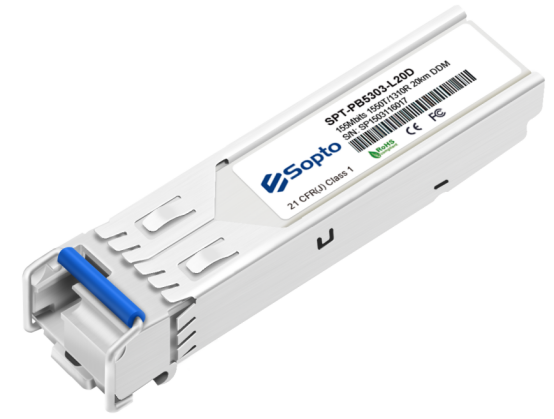
2.Wavelength
SFP: Regular SFP modules usually use two different wavelengths, one for transmission and one for reception.
BIDI SFP: BIDI SFP uses a single wavelength for bidirectional communication. Transmission and reception occur at different frequencies, allowing bidirectional transmission on the same optical fiber.
3.Connection Distance
SFP: Depending on the specific type, SFP modules can support different transmission distances, including short and long distances.
BIDI SFP: BIDI SFP is typically used for medium-short distance transmission, suitable for specific network requirements.
4.Use Cases
SFP: Typically used in general fiber optic communications, such as data center networks, enterprise networks, etc.
BIDI SFP: Due to its single-fiber design, BIDI SFP is commonly used in constrained spaces or situations where reducing fiber usage is necessary.
The choice between SFP and BIDI SFP depends on the specific needs and constraints of your network. Factors to consider include:
1.Fiber Resources
If you have abundant fiber resources without restrictions and desire traditional bidirectional communication, SFP may be more suitable.
2.Fiber Savings
If you want to save fiber resources in network design, BIDI SFP is a better choice as it uses a single fiber for bidirectional communication.
3.Cost
BIDI SFP modules are typically more economical as they reduce the demand for optical fibers. Consider this factor if you have budget constraints.
4.Device Compatibility
Ensure that the chosen optical module is compatible with your network devices, as some devices may only support specific types of optical modules.
5.Bandwidth Requirements
Consider the bandwidth requirements of your network. Some special applications may require higher bandwidth, which could influence your choice.
In summary, if you have abundant and unrestricted fiber resources and need traditional bidirectional communication, SFP is more common. If you want to achieve bidirectional communication with limited fiber resources and reduce costs, BIDI SFP may be a more practical choice. Ensure a thorough understanding of your network's specific needs and constraints before making a decision.If you are interested in SFP optical modules, please contact me for more information and quotation. email: [email protected] , my whatsapp:https://wa.me/+8618688759008/
Tags : SFP, BIDI SFP, optical modules, optical fiber
— END —




